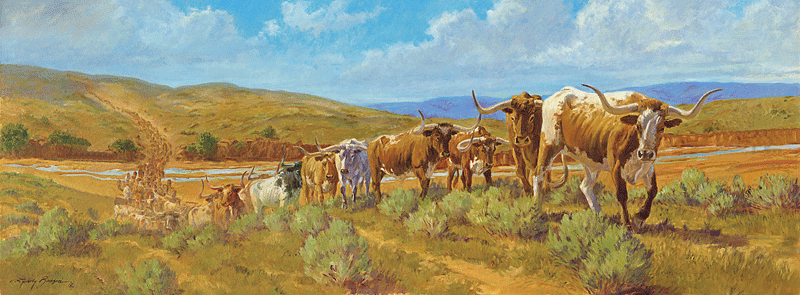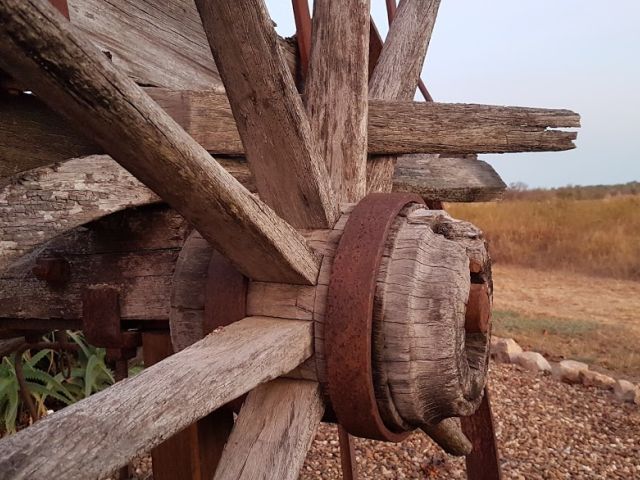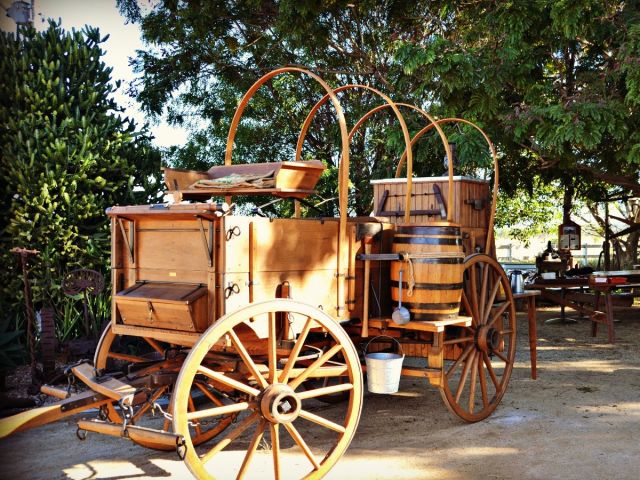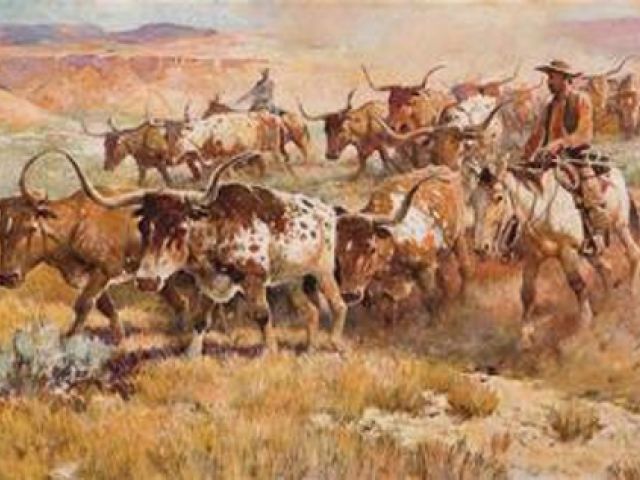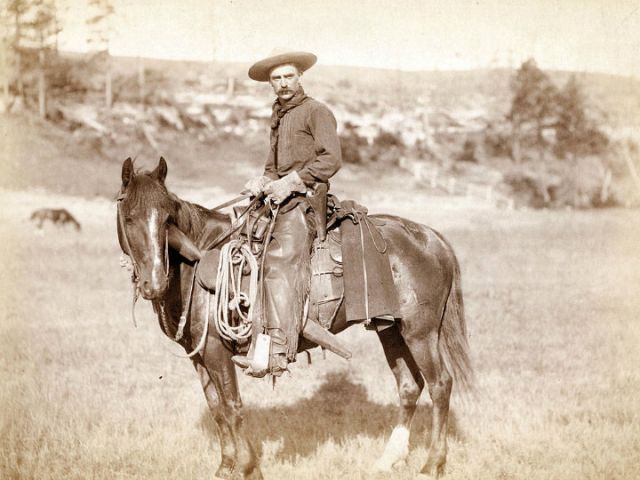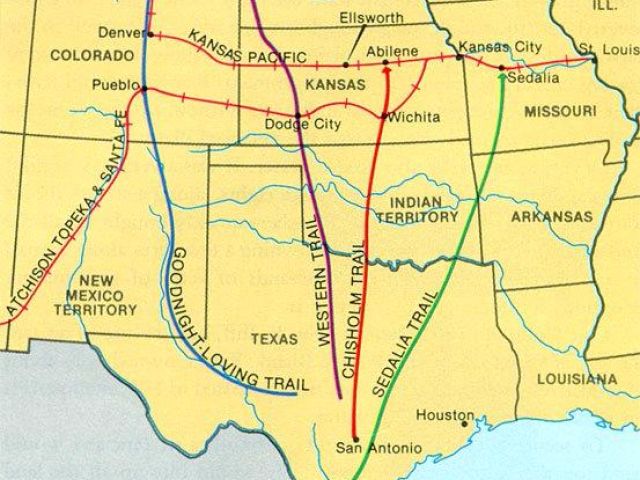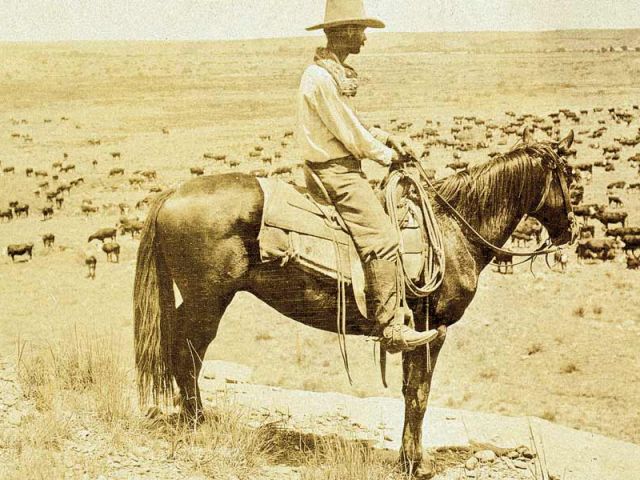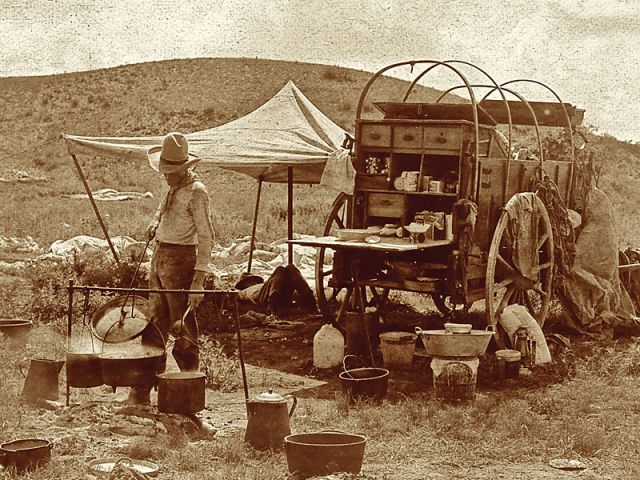Texas Longhorn History
One of the most recognized animals in the world is the majestic Texas Longhorn. No breed of cattle has shaped a nation's history such as the Longhorn. Without the Texas Longhorn there may never have been a cowboy. Without the cowboy we would have no western movies, western novels and western horse events we take for granted, such as rodeos, cutting, working cowhorse events etc.
The Texas Longhorn has followed a long trail to the 21st Century. Its ancestors came from the shores of Spain, arriving with Columbus in 1493 at Saint Domingo. In 1521, Gregorio de Villalobos brought the first cattle from Santa Domingo to Mexico. Explorers, settlers and expeditions to establish missions then brought cattle into Texas. These cattle, mingling with cattle lost by eastern settlers, propagated as they escaped, were scattered by Indians or abandoned. Left on their own without benefit of man, these animals survived by their own ingenuity developing through the years the traits of hardiness, disease resistance, longevity, fertility and browse utilization.
During the dark days following the American Civil War, the Texas longhorn became the financial salvation of the Southwest. Men returning home found that their only source of income was the thousands of Texas Longhorns wandering freely worth next to nothing in Texas, but hungered for by the residents in the North.
An estimated 10 million Texas cattle were trailed to northern markets between 1866 and 1895 bringing in the then staggering sum of $200,000,000. However, in the late 1800s, the hardy Texas Longhorn met with an enemy his natural instincts couldn't fight, the fencing of the open ranges and the importation of other beef breeds. Cattle were more valuable for their hides and tallow which mean't the lean Texas Longhorn was overlooked in favour of the beefier & fattier breeds of cattle from England.
The number of Texas Longhorns dwindled until the true Texas Longhorn approached extinction. As national concern grew, in 1927 the U.S. government appropriated $3,000 to acquire a herd of the old-time cattle. After a 5,000 mile trip through South Texas and Old Mexico, Forest Service employees located 23 head which became the foundation stock for the federal herd at the Wichita Mountains National Wildlife Refuge in Cache, Oklahoma.
Through the years, interest in the Texas Longhorns increased, and in 1964, concerned breeders organized the Texas Longhorn Breeders Association of America, and later the International Texas Longhorn Association, headquartered in Forth Worth, Texas and Glen Rose, Texas. Today through the efforts of those breeders, more than 250,000 head of Texas Longhorn cattle have been registered. The quality of the cattle has increased markedly in the last couple of decades while still keeping all the traits Texas Longhorns are known for.
Texas Longhorns were first imported into Australia in the early 1980's.
Horseshoe B Longhorns along with a small but dedicated group of breeders has managed to keep acquiring the latest genetics to where the quality of Longhorns in Australia is now of a very high standard and no one has bred or registered more full blood Texas Longhorns in Australia than Horseshoe B Longhorns. The breed registry Texas Longhorns Australia was formed in 2010.
